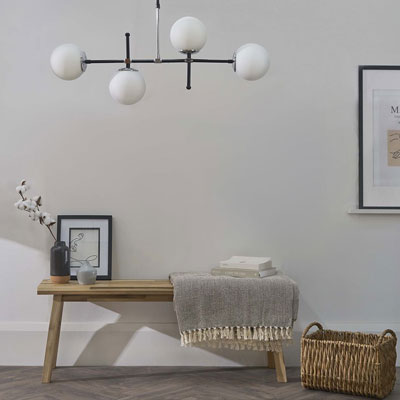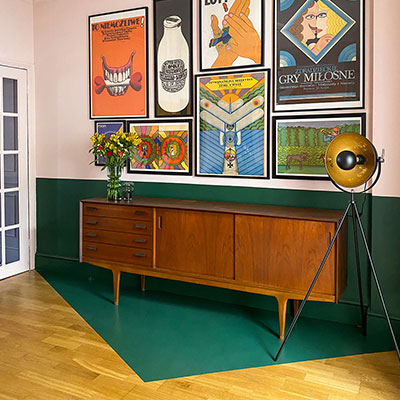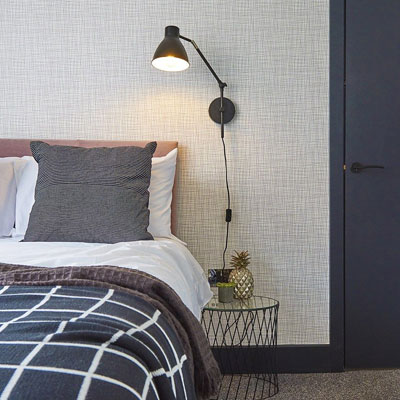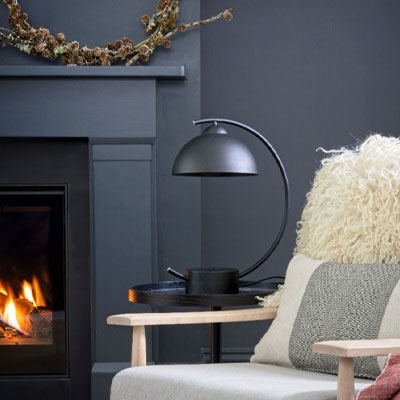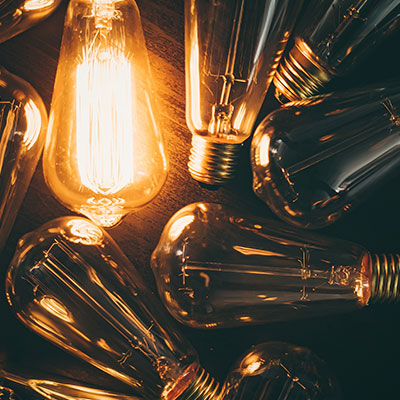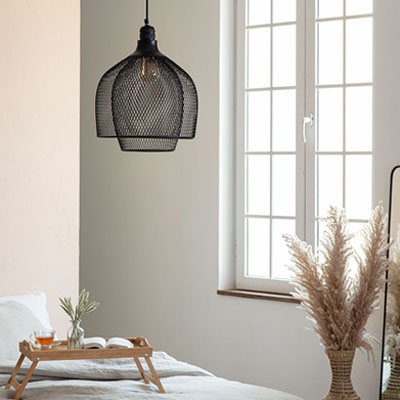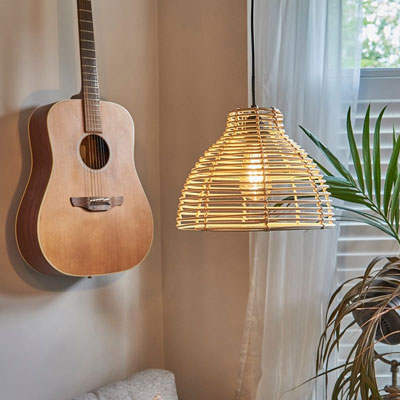We use our own and 3rd party cookies on this site for analytics and advertising. Carry on browsing if you are happy with this, or find out how to manage your cookies.
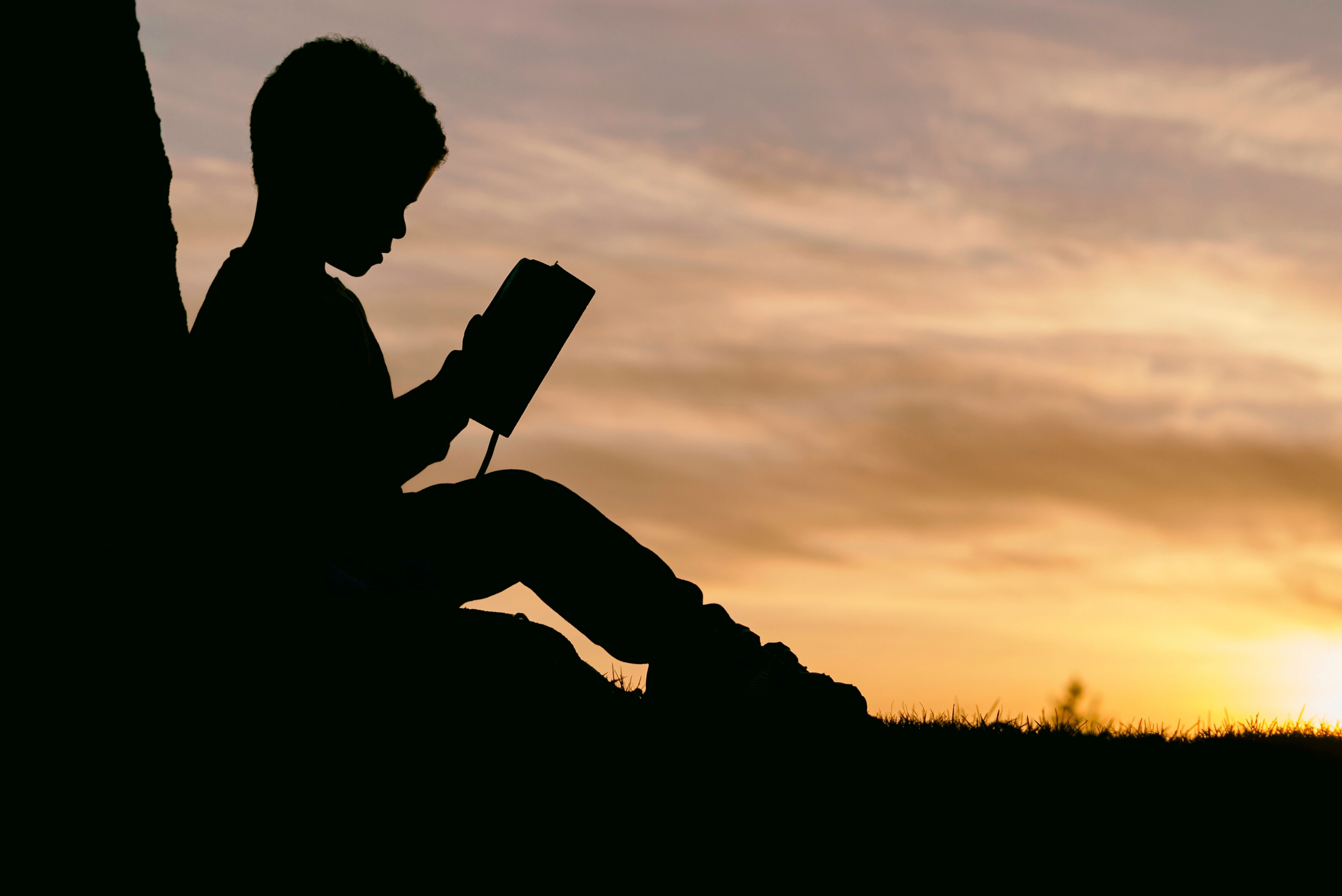

Light Fixtures
One of the most important choices to first make when choosing a reading light is the type of fixture you should use. There are a variety of different types of lighting including overhead, natural light, table lamps and more concentrated task lights – but what is the best to use?
Brightness
Eyes vary with age, so it makes sense that as your eyes get older, you need more light to read by. The light eye’s need to read by increases 1 percent a year. When you’re 10, you can read by 40 watts or hardly any light. By the time you’re 60, you need around 100 watts.
Light Distribution
It’s very important to have a desk or table lamp focusing light onto your book, but it’s also important to compliment this with evenly distributed lighting throughout the room. Many people make the mistake of turning on a bright lamp in a dark room when reading. However, this is incorrect as your pupils dilate due to the surrounding darkness when they wander off the page, which can make your eyes easily tired – one of the main reasons why many of us become quickly fatigued when reading in bed at night. You should also avoid reading by light that reflects a bright glare, such as a computer screen.
Brightness is measured in lumens, the following will help you choose a bulb with the correct wattage needed.
LED: 4 watts: Look for at least 450 lumens
LED: 6 watts: Look for at least 500 lumens
LED: 7.5 watts: Look for at least 630 lumens
LED: 10 watts: Look for at least 800 lumens
Be sure to keep in mind that too much light or glare can be just as bad as having too little light. If light glares from reflective surfaces, it can be fatiguing on the eyes and disturb older people who have cataracts and retina problems. If a bright light is giving you trouble, simply use a shaded light source rather than a desk lamp in order to decrease glare and evenly distribute light. By investing in a warmer colour temperature this will be easier on your eyes rather than in a cooler colour. When considering the right light for your eyes, remember that your eyes will tell you what they need. If a light isn’t comfortable, your will eyes will show signs of fatigue – this can include burning, redness, brow-ache, headaches and squinting.
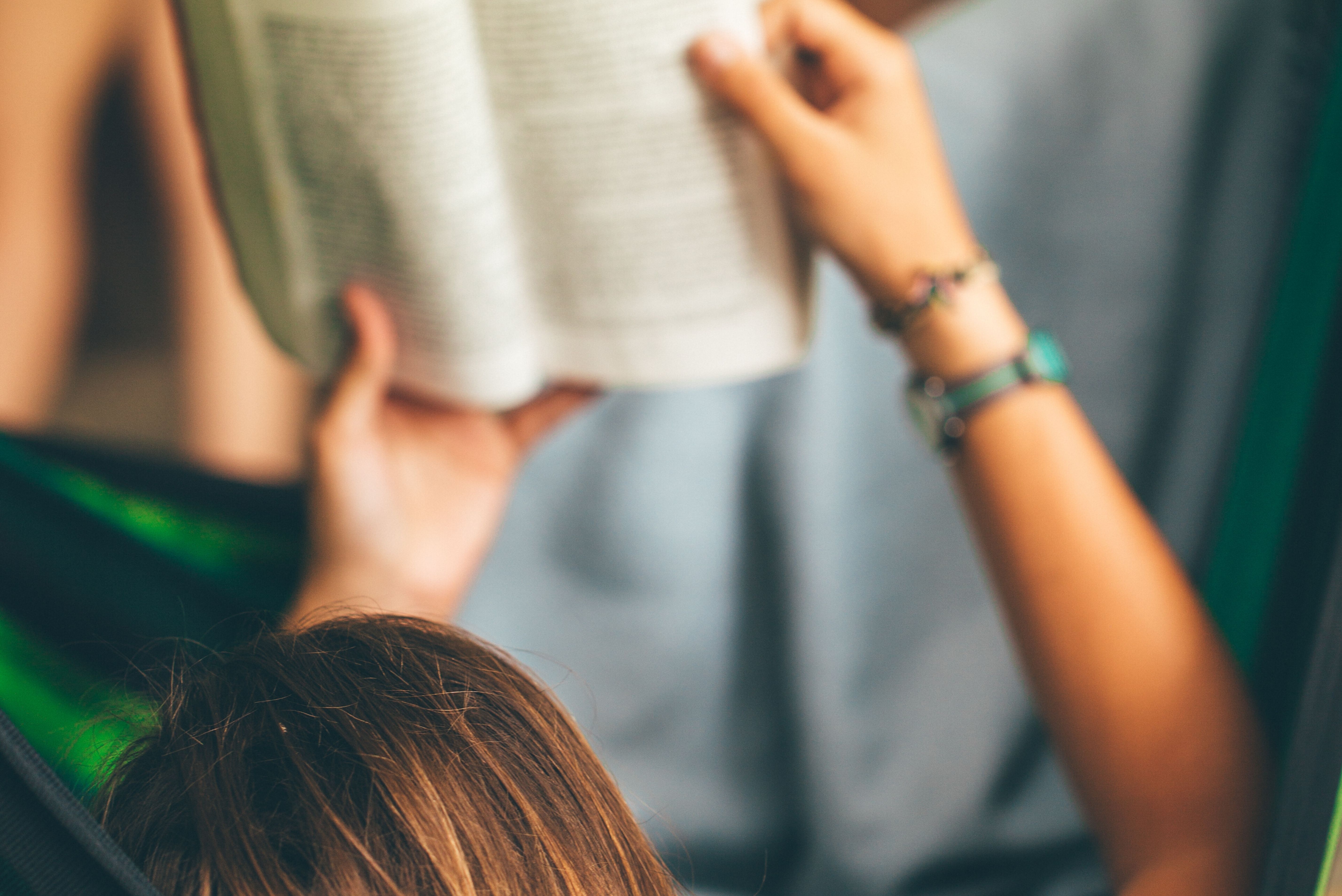

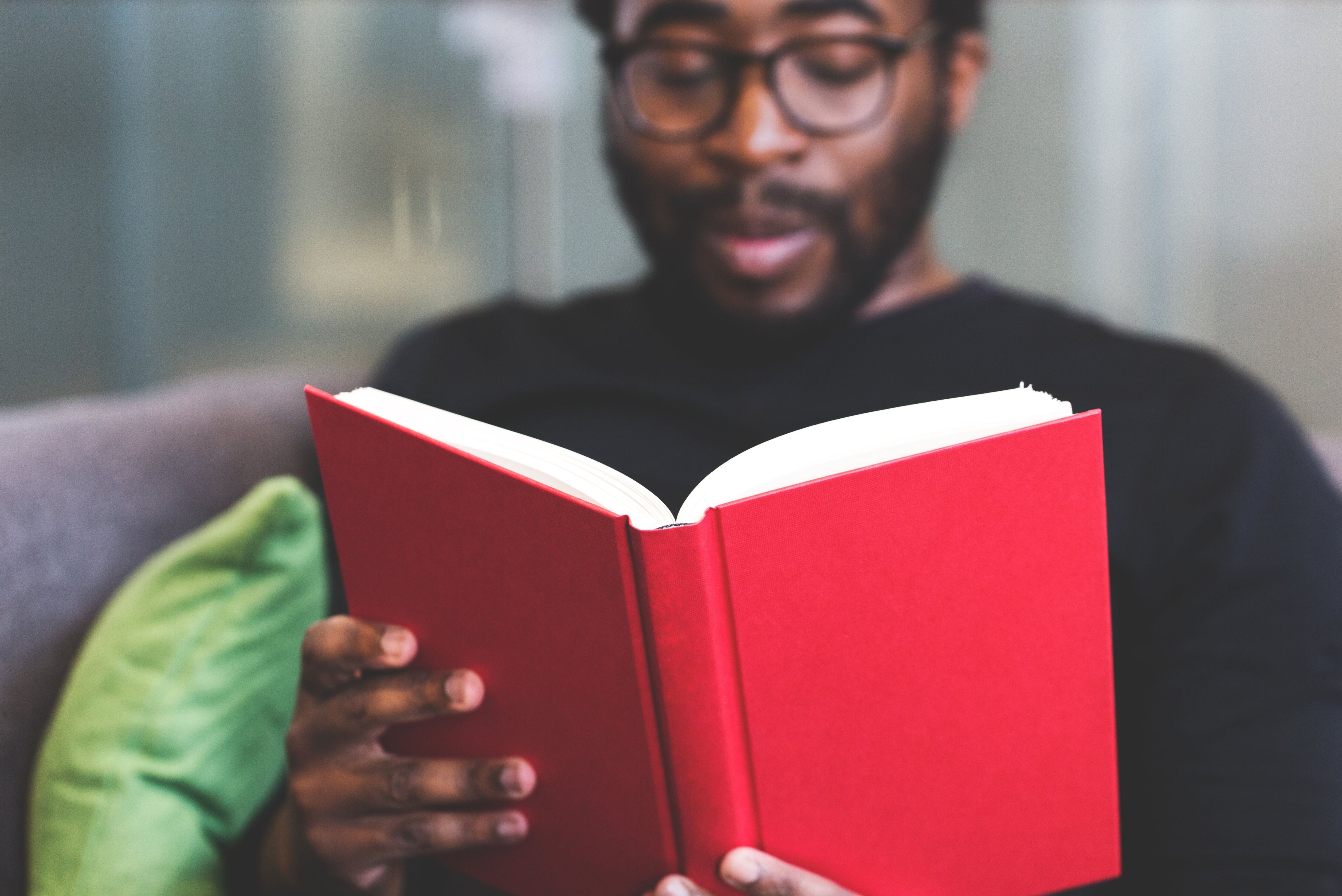

The answer is a Multi-Directional Desk Lamp.
Reading in dim light won’t have any long-term effects on your vision, but it will place an uncomfortable strain on your eye muscles. Your visual muscles need to be able to relax to collect the most light, whilst also contracting in order to keep the words on the page focused on the retina. To reduce this conflict in your eye muscles when carrying out tasks that require high-concentration such as reading, it’s important to focus bright, high quality light where needed. The simplest solution is investing in a good desk lamp. A desk lamp is usually small in size, with the ability to swivel and be raised or lowered to personal preference, in order to direct the light to where needed. Desk lamps are an ideal light fixture due to their multi-directional capabilities, however a table lamp with a lampshade that directs light downwards would also be a great alternative
The constant shifting of pixels from reading off a computer or screen with glare can put a large amount of strain on your eyes. This has now been termed the ‘Computer Vision Syndrome’. You should avoid reading from a computer whenever possible during your free time, or dim down your screen to lessen the bright glare. It’s also worth reversing the colour scheme, such as white text on a black background, since this has been proven to lessen eye strain. The Kindle app for computers and mobile devices is known to do this really well.

